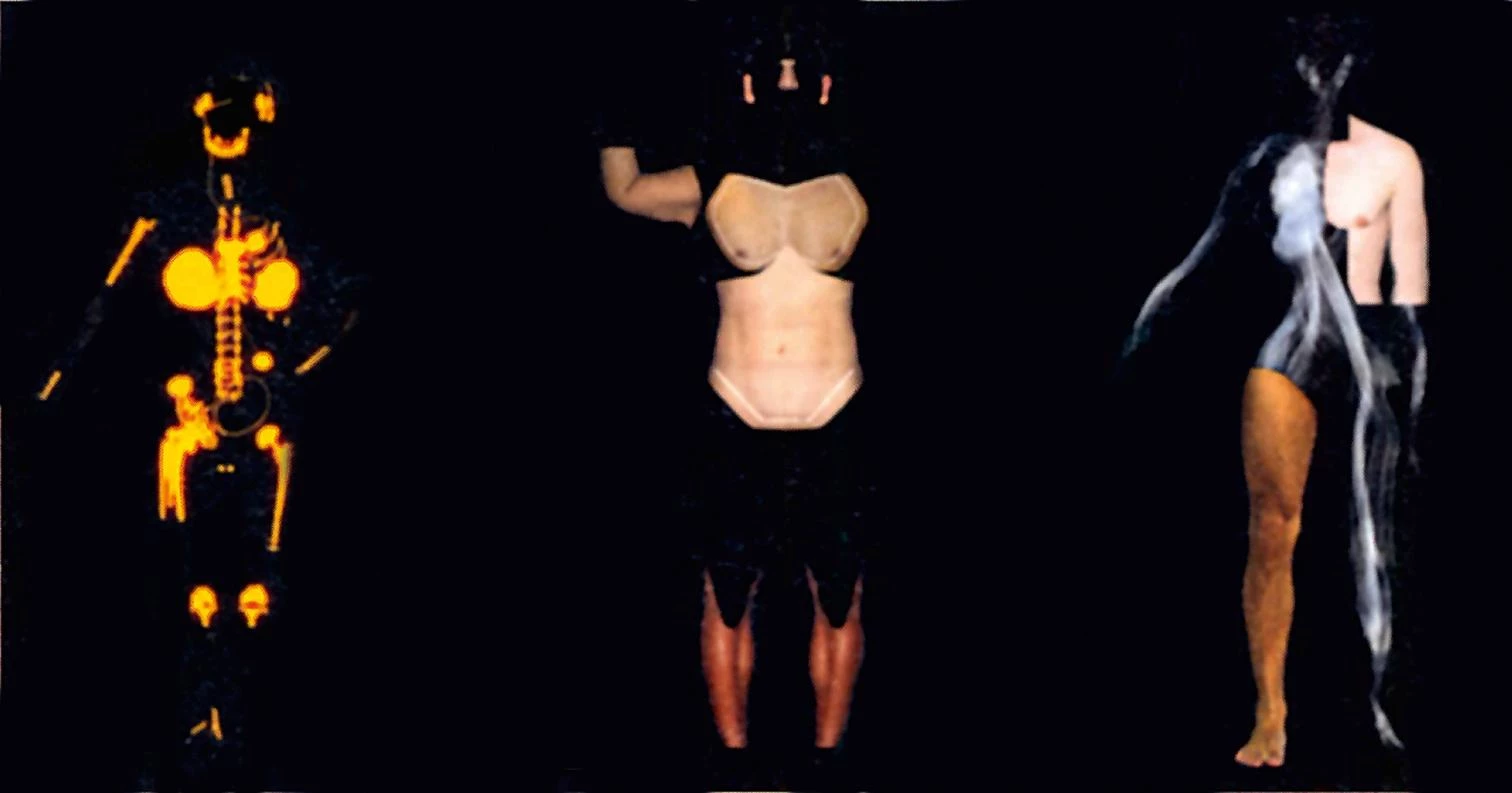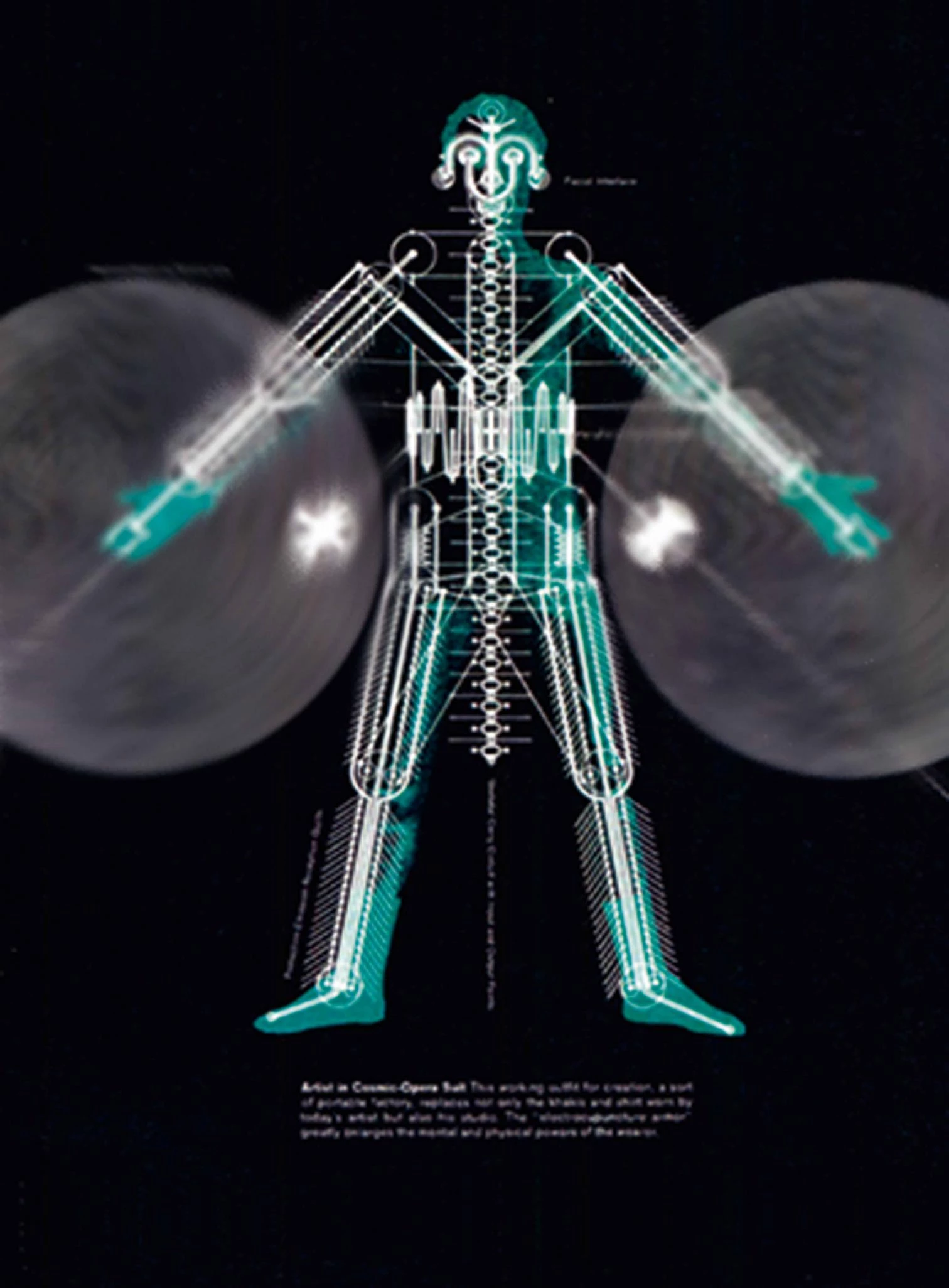
The human is never simply human. It is never clear where human begins and ends. The body is inhabited and constituted by thousands of microbes – many of which have existed for millions of years – upon which it depends for survival. The human is a mobile cross-species collaboration and the collaboration is fluid, multiple, and ever-shifting. Only around 1% of the genetic material in the body is human and the human-specific parts of the human genome are very hard to find. Human specificity is elusive at best.
In reverse, each individual human body is unique and never stable. The body is defined by diversity, fluidity, and continuous transformation. Yet this diversity is continuously subjected to multiple disciplines that attempt to normalize bodies into stable codes of gender, sexuality, ethnicity, nationality, prosperity, subservience, and speed – even to establish certain bodies as invisible or disposable, or simply not human. These are design codes. Bodies are artifacts, designed products.
We are increasingly filled with artificial parts, starting with a galaxy of screws, plates, nails, and stents. We replace body parts, whether manufactured or transplanted from another body. The kinds of tissue that can be transplanted keep expanding, as does the number of organs – taken from another human, from an animal, synthetic, 3D-printed-out, or even grown from the patient’s own stem cells. Similarly, the array of external prosthetics has grown from the traditional replacement of hands, arms, and legs to electro-mechanical devices to neuro-prosthetics that use electric signals in the nerves, or even brain waves, to activate them. Reconstructive surgery becomes more sophisticated to address trauma, disease, birth defects, aesthetic preferences, or gender reassignment. Plastic surgery radically transforms the shape, color, and texture of almost every dimension of the body.

The body is just dramatically redesigned with drugs. There is an extraordinary daily intake of a huge range of chemicals. Seen from the point of view of drugs, the human body is simply a porous envelope suspended in vast flows of chemicals.
This continuously reconstructed body is not just the contemporary western body in its increasingly globalized form, a consumer product whose design has to be frequently updated. Each ancient culture was defined by traditions of body modification. Culture starts with redesigning the body.
This redesign of the body has moved to the genetic level as gene-editing tools allow insertions and deletions in a DNA sequence. The indeterminacy of the stem cell, its ability to develop into almost any cell type, is already used to repair organs, wounds, degenerate retinas, tendons, and teeth. The even more radical fact that human stem cells happily assist in the construction of cells of other animals, and presumably the reverse, further destabilizes the category of human with the construction of chimera, cross-species constructions at the outer limit of contemporary ethical debates.
This text is taken from the catalog of the 3rd Istanbul Design Biennial, curated by the authors.





